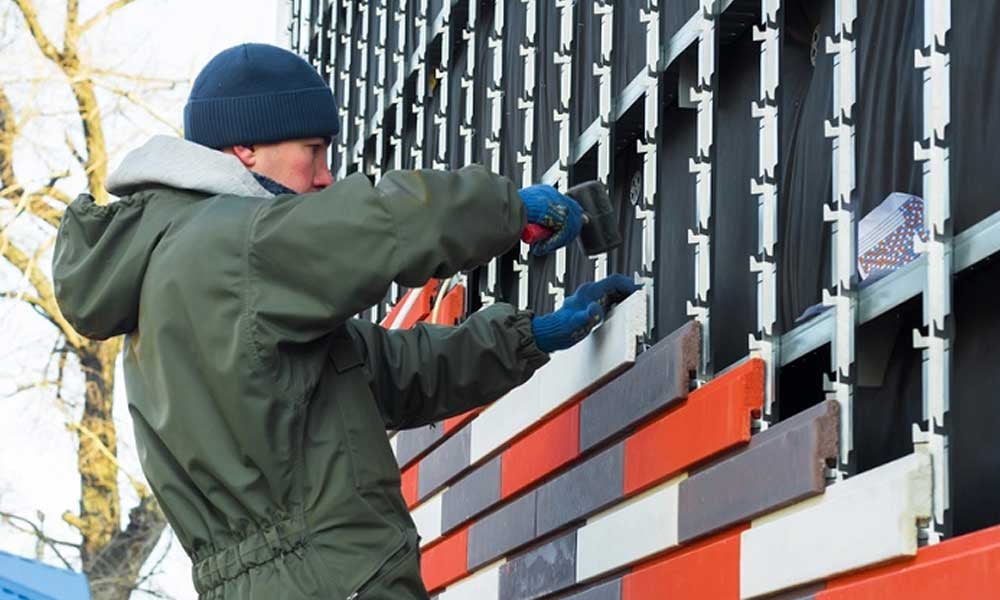Cladding fire test results have been revealed from the Grenfell fire. The results found that cladding similar had failed tests 16 years before the tragedy.

The inquiry into the Grenfell fire took a new turn last week after it emerged that cladding similar to the one used in the ill-fated tower failed spectacularly in a safety test 16 years before the tragedy.
The details emerged during the 64th week of the inquiry, when Dr Sarah Colwell from the Building Research Establishment (BRE) gave evidence about tests that were carried out on cladding systems in 2002.
In one of the tests, cladding made of a highly combustible polyethylene-cored aluminium composite material (ACM) that was later used on the Grenfell tower burst into 20-metre-high flames in just five minutes.
The fire test, which under normal conditions would have been allowed to continue for 30 minutes, had to be stopped due to the ferocity of the flames.
Read more: Industry to pay for unsafe cladding issues
Despite this, experts failed to issue a warning about the product’s use, and a document produced by the BRE in 2006 also failed to mention the 2001 test results.
The tragedy on June 14, 2017, resulted in the deaths of 72 people.
Dr Colwell, a chemical engineer, told the inquiry that results were passed to the government to "alert and identify" the problem, the BBC said.
But she also stated that she was not aware of the government taking any action to warn the industry of the product’s combustibility.
On being asked by the counsel to the inquiry whether the BRE warned the construction industry about the findings, Dr Colwell said: "I made the department aware of the outcomes. They were obviously in a position to take the dissemination route to do that."
On being further questioned, she admitted she did not know which brand of cladding was used in the tests.
The test was carried out on a nine-metre-high mock-up. According to the BBC report, within three minutes of engineers setting light to the rig the outside of the structure reached maximum temperature levels. One minute later, internal limits also reached the maximum.
The next worst performing cladding material took twice as long to do the same.
Dr Coldwell described the progress of the flames as “catastrophic”, adding that the engineers who were observing the test were “shocked”.
Asked what her response was to the “catastrophic escalation of fire”, Dr Colwell said: “I didn’t think ACM would be suitable for use in any high-rise buildings - I don’t think anyone did.”
Read more: The cladding scandal: The thousands left without a mortgage or unable to sell
Even after the test, the material in question was not only not banned but it maintained its ‘Class zero’ national fire rating, a standard that has been discredited since the tragedy.
However, cladding firms have all subsequently claimed that they had not been made aware of the fire risks involving aluminium cladding.
The product used at the Grenfell Tower in North Kensington was Reynobond PE55, manufactured by the multinational firm, Arconic.
Mortgage Introducer has asked the firm to comment.
The inquiry continues.



